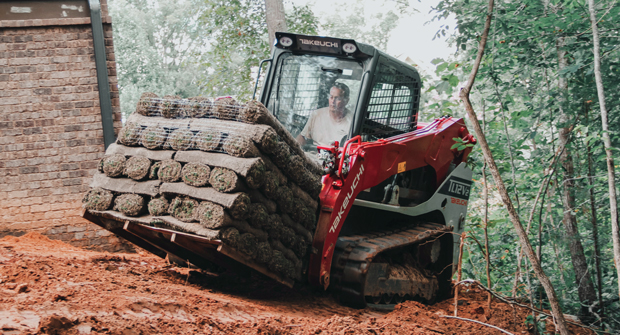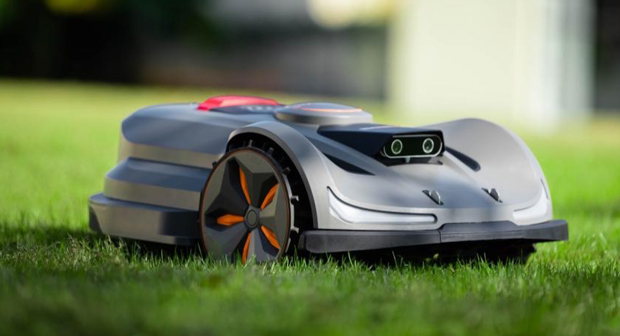As compact track loaders (CTLs) continue to grow in popularity with design/build contractors, it’s become increasingly important to know the best maintenance practices.
Lee Padgett, product manager with Takeuchi-US, shares the most important maintenance tips you need to know before investing in a CTL.
In-season maintenance
As you might expect if you have experience with other compact equipment, there’s a fair bit of maintenance involved with CTLs. Padgett recommends daily maintenance checks by contractors — both before and after operation — to keep the machines running without any unexpected hiccups.
“During the spring and summer seasons, you’ll likely be working in some warmer temperatures, and that calls for some extra maintenance steps,” he says. “First, clean and inspect the radiator and hydraulic cooler. Additionally, remove the belly pans so you can properly clean the compact track loader’s tub, and then reinstall it before operating the machine.”
This area, he adds, is often packed with mud and debris, which can insulate components and prevent heat from dissipating efficiently.
Padgett says it’s important to keep an eye on the operating temperatures of engines and hydraulic components. For contractors working in warm-weather areas, this is especially important to avoid costly repairs.
“If the operating temperatures approach the upper end of your machine’s recommended range, remove the load until the machine has cooled,” says Padgett. “Then, take a few moments to clean and inspect the coolers again to ensure they are clear of debris.”
Regular maintenance matters
The most common wear items on a CTL include the tracks, the undercarriage, the hydraulic system and the loader arm/bucket, according to Padgett.
The frequency that contractors should check on these items changes based on the usage of the CTL. If contractors operate in harsh conditions (i.e. extreme heat or cold), or perform a lot of high-intensity work, they’ll need to check them more often.
When creating a daily maintenance schedule, Padgett recommends checking sag or tension on the CTLs tracks.
“A rubber track system that gets too loose can cause the machine to de-track,” he says. “Meaning the rubber track rides off the undercarriage. Conversely, operating with the rubber tracks too tight could result in operating inefficiencies such as increased component and track wear. Track tension usually can be adjusted in just a few minutes, and taking the time to ensure your tracks are properly tensioned can serve to reduce costly downtime and headaches.”
Dust and dirt are a CTLs worst enemies, Padgett adds. To combat them, he says regularly checking the undercarriage is important.
“Not regularly cleaning the CTL’s belly pan will result in accumulated dirt, mud and debris around the hydrostatic pump group,” Padgett says. “This inhibits the heat generated from escaping, and the excessive hydraulic temperature will impact the engine temperature.”
Avoid these mistakes
There are plenty of mistakes that contractors can make with CTL maintenance, Padgett says, from shutting down the motor while it’s still hot to not warming up the engine in cold weather.
But the most common mistake a contractor will make is skipping a simple daily walk-around inspection.
“A quick look at machine cleanliness, fluid levels, air filter cleanliness and more can save the operator from catastrophic equipment failures,” Padgett says. “These easy checks can be the difference between a simple preventative maintenance measure and a failed engine.”


